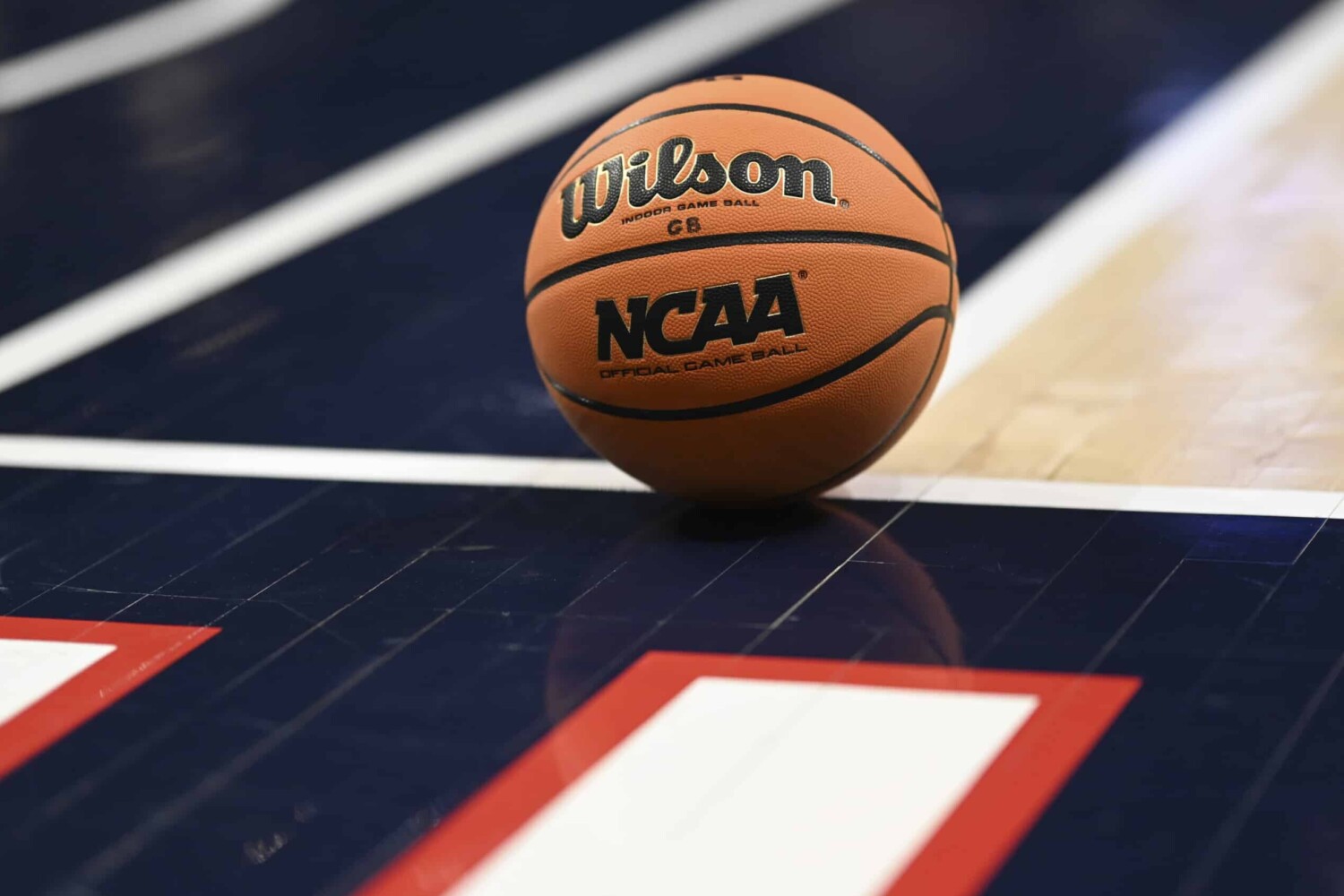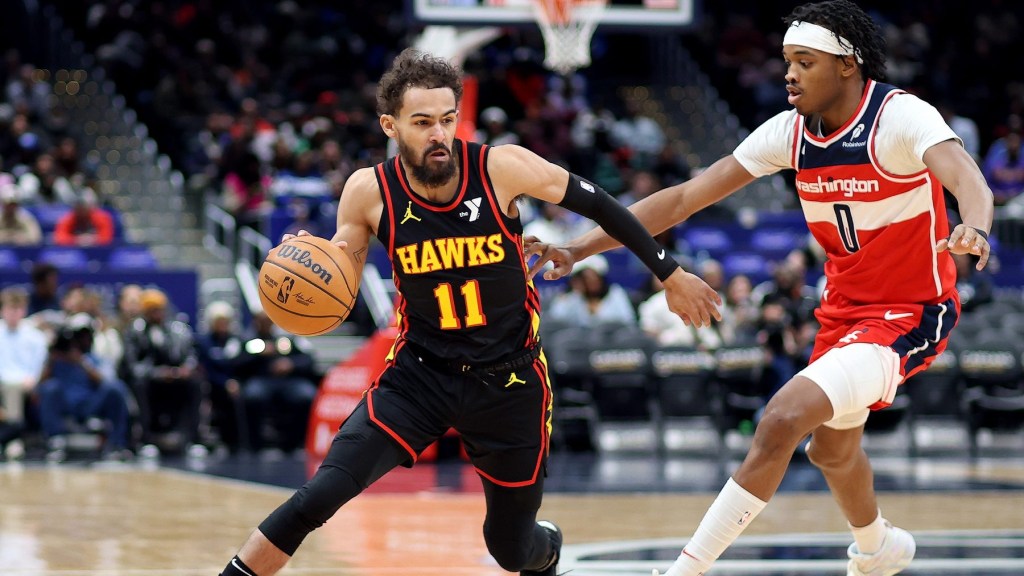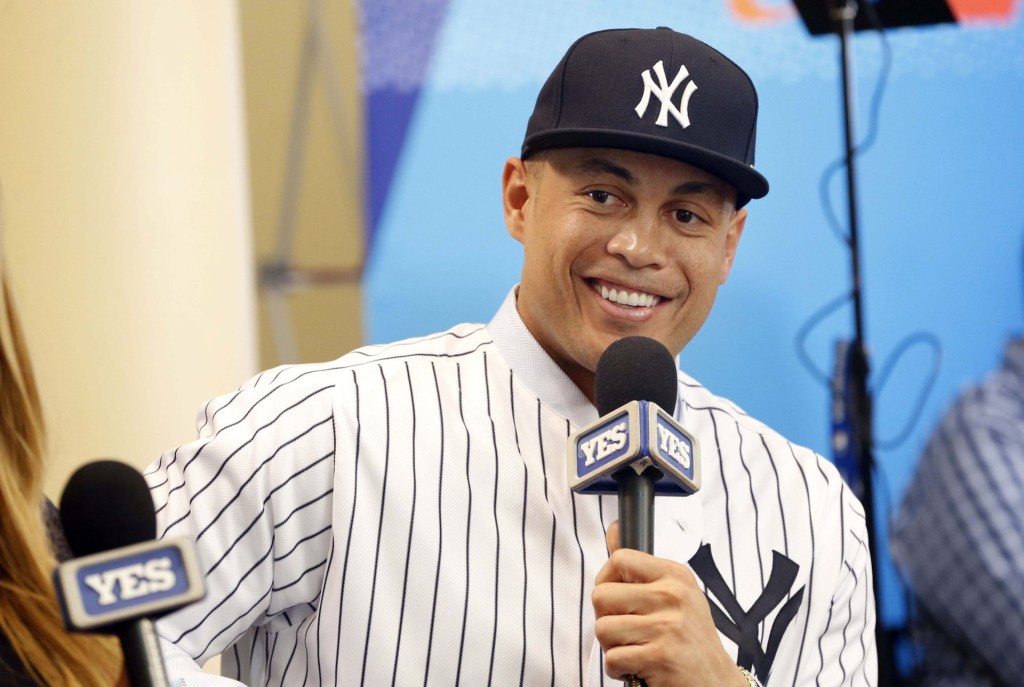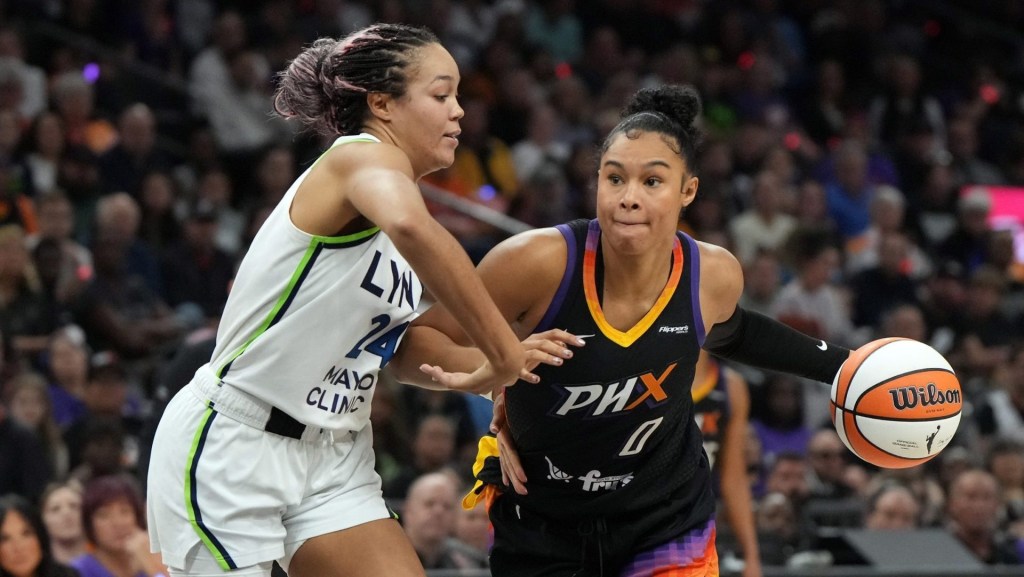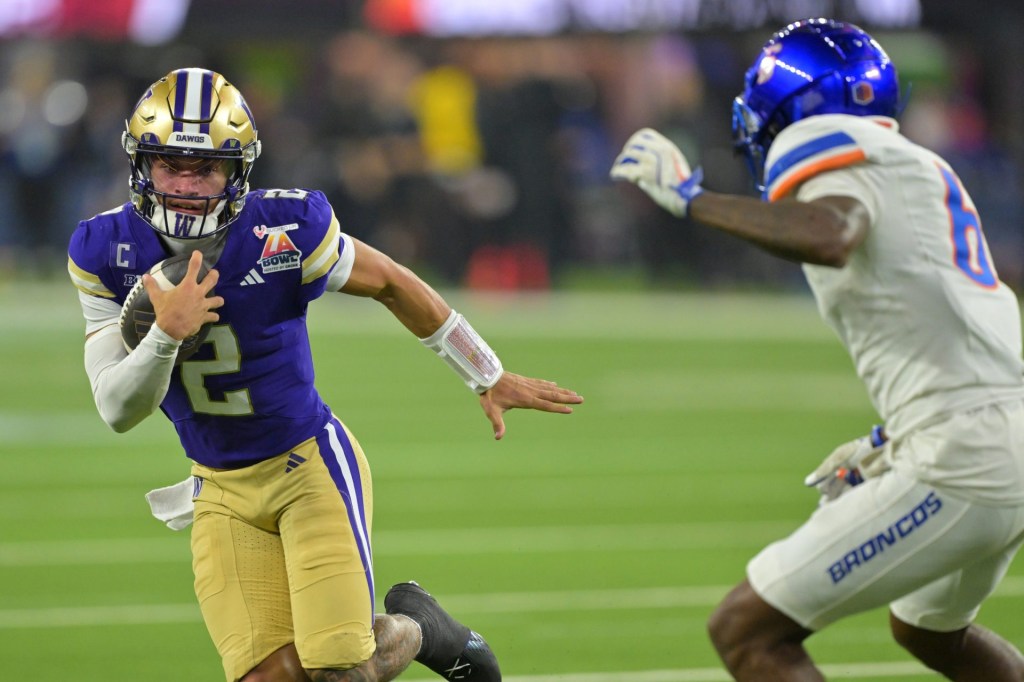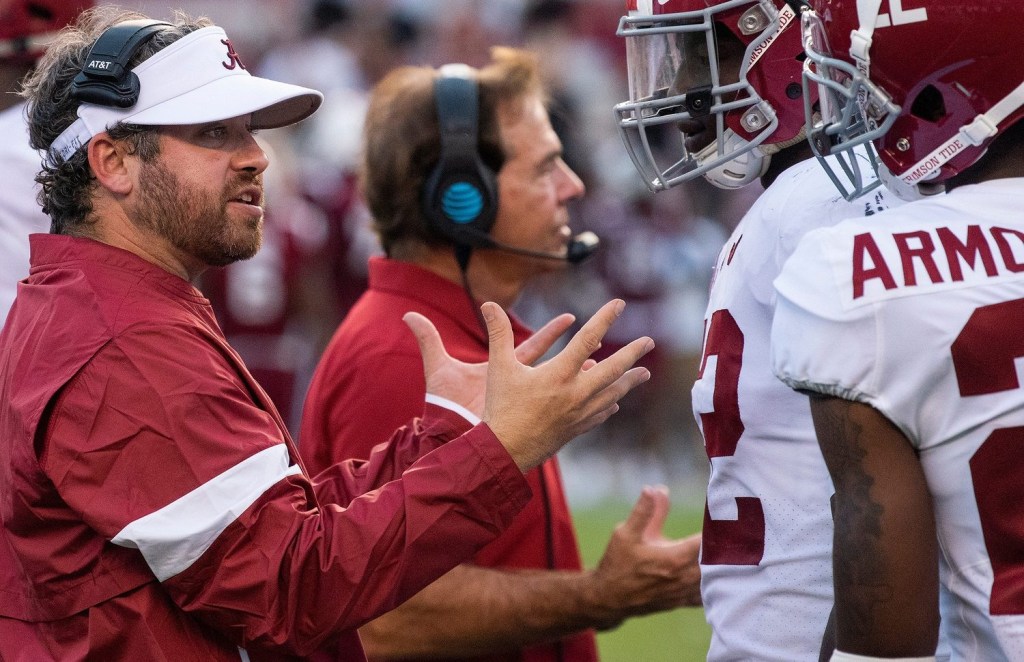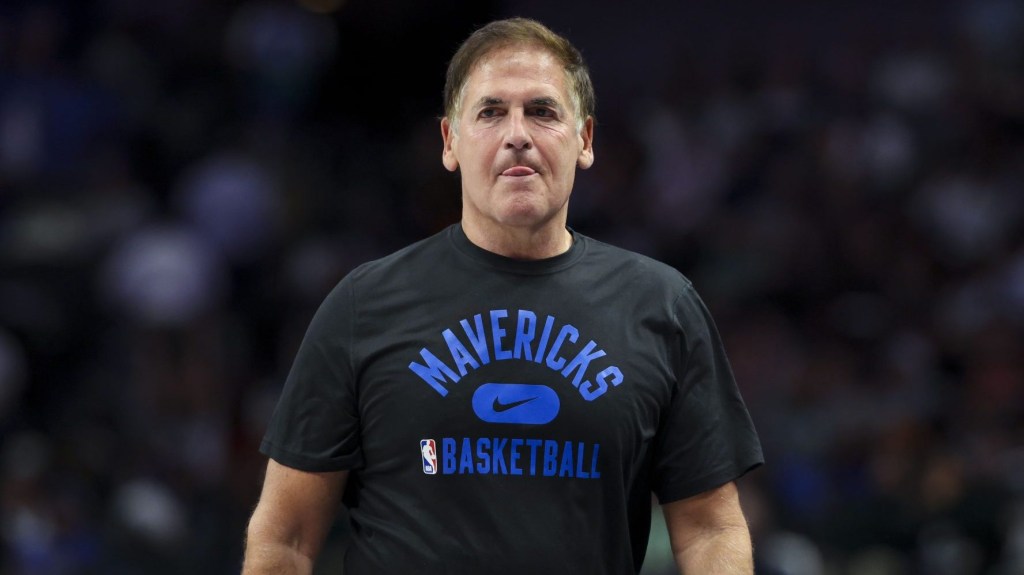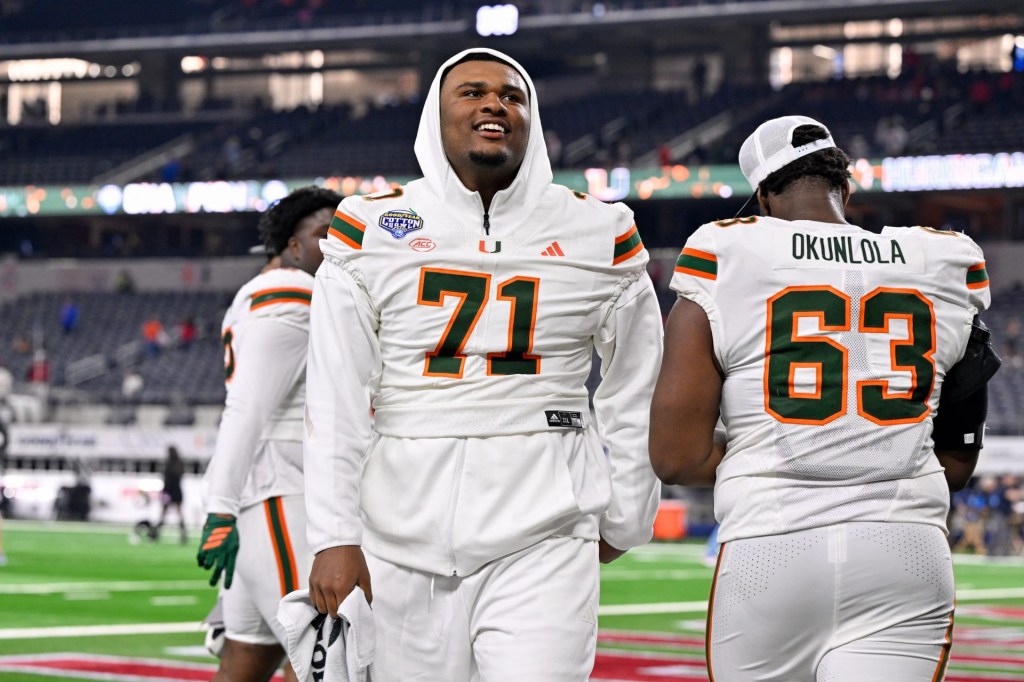Earlier this month, a district court judge certified three damage classes in the House v. NCAA case — putting the NCAA on the hook for $4 billion or more in damages.
Now, the governing body and Power 5 conferences are using a rare type of mid-case appeal with the Ninth Circuit, called an interlocutory appeal.
The filing is not only an attempt to preserve the NCAA’s current amateurism model, but also to save the NCAA and conferences from suffering dire financial consequences. The nonprofit entities could, effectively, go bankrupt.
The appeal was filed on Nov. 17, and appeared in online federal court records on Monday.
House v. NCAA, a federal antitrust lawsuit filed in 2020 in California, is seeking damages for some athletes who played before NIL rules were enacted. It also argues that NIL should include broadcast deals, game promotions, and school apparel contracts — and that conferences and schools should share these revenues.
In early Nov., judge Claudia Wilken (who has presided over other athlete compensation cases NCAA v. Alston and O’Bannon v. NCAA) authorized three separate damage classes of former and current athletes.
The NCAA and Power 5 conferences argued that the ruling was made based on erroneous assumptions about NIL, according to court documents. They also argued that, if they lost the case, the “consequences” of having to pay these damages would be “staggering.”
The ruling “would divert billions of dollars away from college athletic programs and academic opportunities at a time when such funding is sorely needed, necessitating the elimination of scholarships and entire teams at most institutions, and threatening gender balance in such programs,” the entities said in court documents.
As a result, the NCAA and conferences said they would be forced to consider a settlement rather than trying their luck at trial.
The case, which was already set to take more than a year to reach a trial, will now be delayed even further as the Ninth Circuit considers whether to review and consider the appeal. If the Ninth Circuit does consider the appeal, it will either be returned to the District Court with a new ruling or be appealed again to the Supreme Court.
The NCAA has taken a similar route with this slow process in the Third Circuit, which is considering a question about whether some athletes should be considered employees. A hearing took place in the spring, but a decision has not been issued.
A trial in the House case is set for 2025, though Wilkinson said during a previous hearing that she could try to get the date moved forward.
